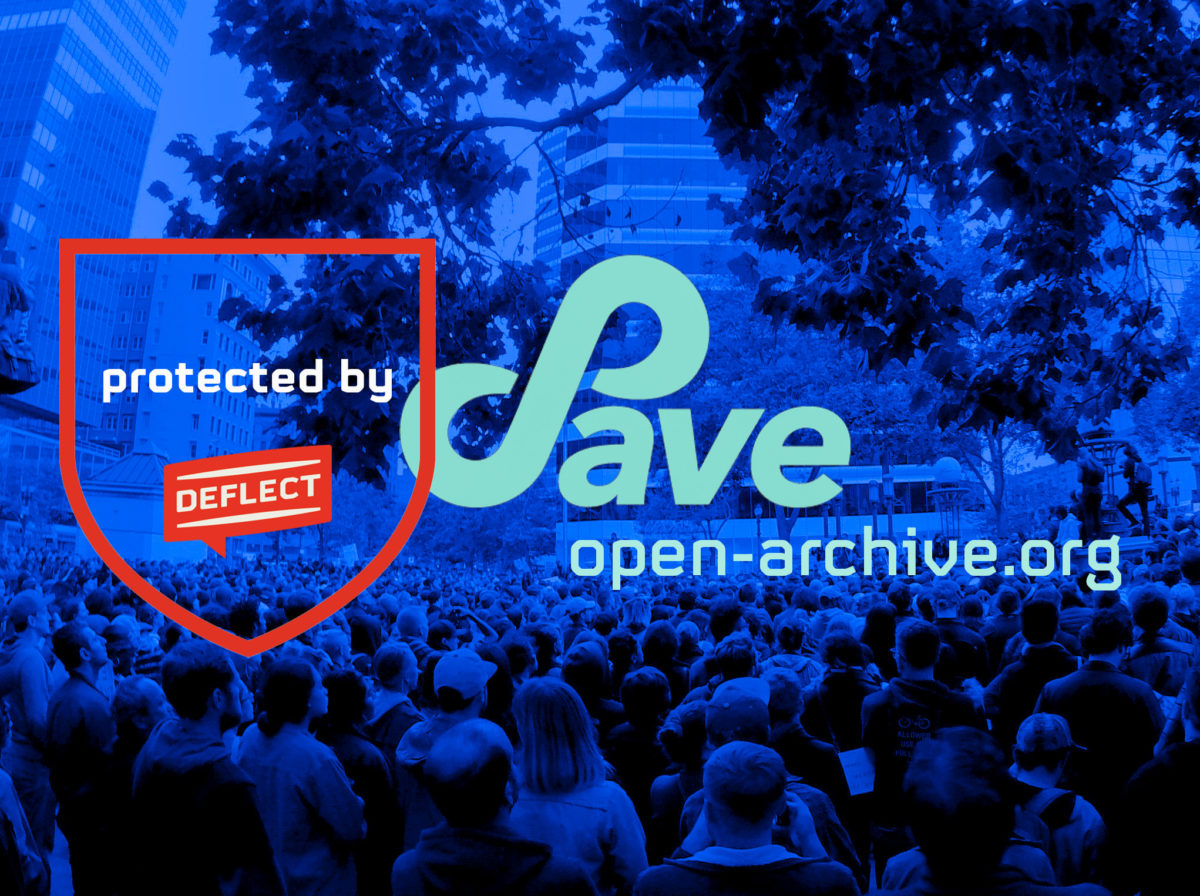Banjax is responsible for early stage filtering, challenging and banning of bots, identified via regular expression (regex) matching, in conjunction with the Swabber module.
Banjax allows for per site configuration of either SHA-inverse proof-of-work or Captcha challenges. These challenges are served as a simple method to detect bot requests that have not been intercepted by one of the system configured regexes.
The Banjax module is integrated into the ATS proxy server working as a filter which intercepts and analyses HTTP requests before any content is served. This tool has a number of functional operations. It allows for the use of regular expression (regex) banning, SHA-inverse challenging and generation of Captchas. Additionally, it provides whitelisting capabilities to prevent banning of allowed bots as well as legitimate automated requests. The three Banjax functionalities are enabled as filters in banjax.conf. Additionally Banjax can gather and submit the detailed information on each request to Botbanger for further analysis of the requester behavior.
Regex detection
In the majority of large-scale attacks, clear and distinct patterns can be found in each attacker’s requests, allowing BotnetDBP to be fed with regular expressions to find these patterns and ban any bot whose requests show up with them at a given rate. The regex filter is basically imitating Fail2ban’s capabilities but with a greater level of efficiency needed for DDoS defence. This is done before serving any such requests and has proven crucial when particularly weak origins are under attack by a significantly large network of bots.
The regex filters are defined as a series of rules indicating the circumstance within which a given request should be banned. The parameters supported are:
- Rule – is the human readable name for a given regex to be banned.
- Regex – contains the regular expression string that a request will be tested against.
- Interval – is the window of time between requests that Banjax should consider.
- Hits_per_interval – is the number of hits for a given time window that Banjax should consider before banning a given IP address. The actual banning is calculated as 1/1000 x hits_per_interval. This means that for a given interval, Banjax considers the number of requests per millisecond and when it crosses the allowed threshold, a ban is implemented.
Challenging the request
The caching proxy does not offer an effective measure to prevent cache-busting attacks. In this type of attack, each bot requests a new, unique resource from the network. Because each request is different from the previous one, there is no copy of such a resource in the caching proxy so all the requests reach the origin, effectively amplifying the DDoS attack by the number of proxy servers. This strategy essentially turns the Deflect network against the very people we are trying to help.
To prevent this, BotnetDBP can be configured to serve challenges to each computer requesting the content, allowing only those which solve the challenge successfully to proceed (automatic detection of cache-busting has been implemented and will be deployed shortly). The Challenger filter supports two methods for HTTP requests: SHA-inverse challenge and Captcha challenge. These functions are primarily intended to mitigate cache-busting attacks but also serve to ensure the legitimacy of the request and to provide a mechanism to slow traffic during a heavy load.
- The SHA-inverse challenge asks the user browser for an inverse image of partial SHA256 value via Javascript. This ensures that traffic is originating from a legitimate browser rather than from a pre-programmed Bot. This challenge is seamless for the user as it occurs as part of the interaction between their browser and the server.
- By contrast, the Captcha is presented directly to the user, who must correctly solve the visual challenge and submit their answer before gaining access to the site’s content.
Banjax users can configure Challenger by the following parameters:
- the number of times a requester can fail a challenge before they are banned
- the difficulty level (the time taken for the browser to solve the SHA256 inverse problem)
- the length of time that a solved challenge can grant access to the requester
Additionally, there is a key which ensures that the cookies passed to and from the user have not been tampered with or manipulated and the tool can also be configured for multiple hostnames, allowing for different challenges to be set per host.
Allow List
The Banjax tool can also be configured to allow HTTP requests for specific IP addresses via the Allow Lister in order to interact with the server without interference.






